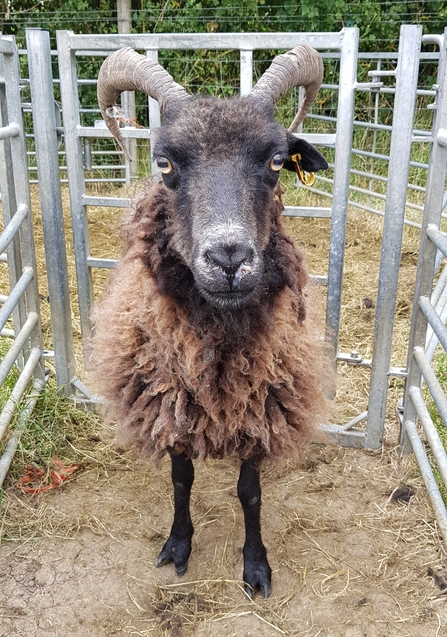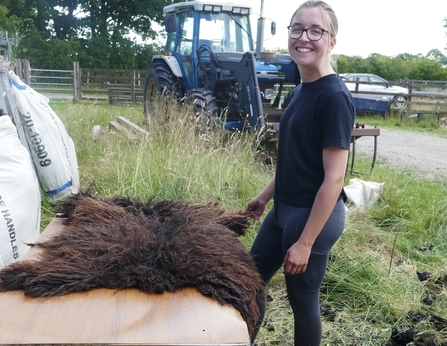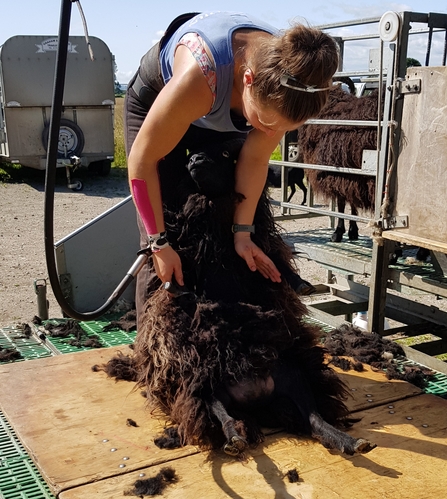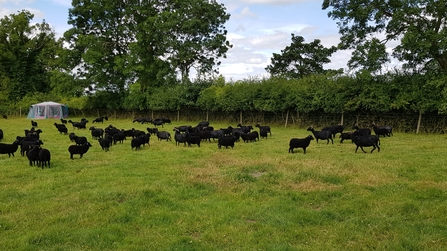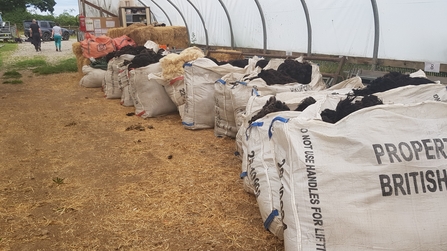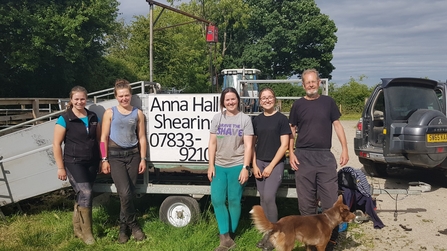All our Sheep are shorn
As soon as I arrived at Low Carr farm for the final shearing of the season, Beth Wood our Conservation Grazing Assistant Officer, already had a role planned for me. She explained I was to join Alicia Knitter, our Volunteer Conservation Grazing Trainee in a pen full of our beautiful Hebridean ewes and lambs. Alicia then showed me how to separate the ewes from the lambs. Not so easy. We had to catch the lambs and gently remove them from the pen so that only the ewes went into the shearing queue.
The lambs are still too young to be sheared. When I say “lambs”, I don’t mean the tiny things you see in spring. These things are strong, fast and keen on headbutting you. You have to catch them from behind - to get a good grip and to ensure the welfare of both sheep and handler. You soon get the idea…


